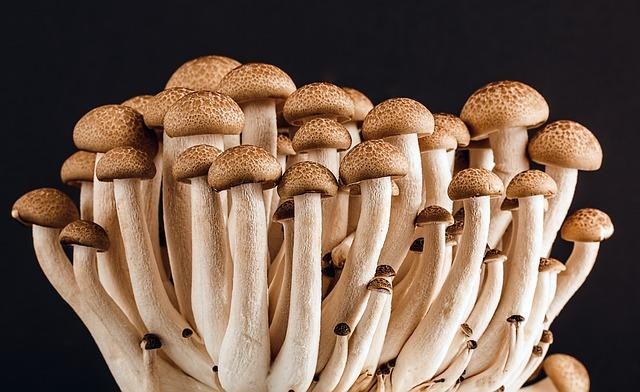
There is a boom in digital photography, from the increased sales in high-end cameras, DSLRs, mirror less cameras, and consumer grade compact point-and-shoot cameras. The boom has also reached smartphones. Nowadays, smart phones have high megapixel cameras as standard features. With all the cameras, there is also an increase in the number of pictures being taken. This has also leaded to the popularity of photo-editing software’s. There are imaging software which are bundled with the camera, as well as online editing apps, besides photo management and photo sharing websites which sometimes have rudimentary photo editing functions.
Leading Photo Editing Software
Through it all, Adobe Photoshop is the remains as the premiere photo editing software. It can do minor editing like brightness and contrast, color balance and correction, or major photo repairs such as the quality of the picture, clean ups, and compositing. The software has become so popular that it has spawned a verb-form which has become part of the everyday vocabulary: “Photoshop”, “photoshopped” and “photo shopping”.
Layers
Even though improvements have been introduced for more than twenty-years, it is easy to get started with Photoshop. For beginners, the most important thing to understand before doing anything else is the concept of layers. An image on Photoshop is a set of layers. You can put up as many layers as your computer can handle. A Photoshop layer is the same as a real-life transparency. It can be opaque, or transparent, depending on the level of transparency.
Putting up multiple layers one on top of another, you can move them in the foreground (“atop” the other layers) or you can move them in the background (or “behind” the other layers). Each layer can be manipulated separately. You can copy pictures or other layers and paste them as layers on your project.
Common Tools
For photographers the most common use of Photoshop is for color correction. This is done with the use of the color tools, like color balance, levels, curves, hue, saturation, lightness, contrast, and brightness. The easiest way to correct an image is with the use of the levels. Bringing up the levels tool shows the color histogram. You can adjust the colors with the use of the sliders. The left and right sliders are moved to the edge of the histogram. This effectively leaves out all the “empty” information, where the graph is zero. Repeat this for the Red, Green and Blue histograms. This results in better highlights, shadows and midtones.
For advanced users, they can use the curves tool. This adds another dimension to the levels tool; you can increase the levels following the color histogram. Adjusting the line graph, you can increase it where the histogram peaks, and decrease the line graph where there is a trough.
The hue, lightness and saturation can be used to push up the colors. It can also be used to increase the saturation. If after the colors are more subdued, you can increase the saturation. If the picture is a bit dark, you can increase the overall brightness, or you can increase the contrast between the light and dark shades.
Some other common tools are cropping, rotation and resizing. Cropping is cutting out outer portions of the picture, to improve framing or to introduce a different perspective. Some pictures have a skewed horizon and would need to be rotated to improve the framing. Resizing would be to change the image size, making it larger (not usually a good idea), or smaller.
Advanced Tools
Where Photoshop has gained notoriety is with the way a picture can be composited. Using layers, a picture can be edited by deleting areas, or adding portions of other pictures on top of it. This is the fun part where a person can be edited out, and replaced with another person. It takes skill and practice to make a very good “shopped” image.
Printing Tips
One of the most common problems encountered by new photoshop users is in printing. This stems from the dimension and resolution of the image, against the size of the paper. An image when viewed onscreen normally has a resolution of 72 dots per inch (dpi). This is the native resolution of a regular computer monitor. This information is also stored in a JPEG file. If you print at 72 dpi, it is as if you printed using a fax machine, which prints at 72 dpi. The printed output would be blurry with smudged or big pixels.
To remedy this, you have to go to the printer settings, and choose 300 dpi, or higher. Depending on the printer model, you can print at higher resolutions. There should be no problem as long as you have a large enough picture. If you have an 1800 x 1200 pixel image, printing it at 300 dpi, would yield a 6×4 inch picture. A 3 megapixel camera would create pictures which are larger than 1800 x 1200 pixels. If you want to print larger images, you should start with larger pictures.



















